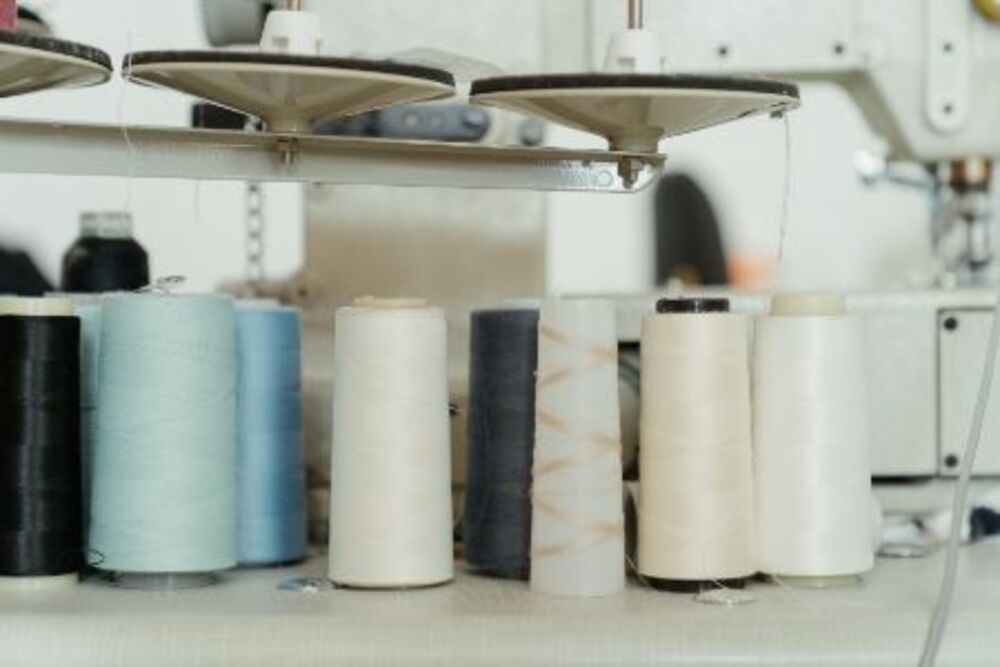This beginner machine is easy to use and works beautifully on thinner fabrics. Additionally, it makes an ideal teaching tool for teaching young children the fundamentals of sewing.
It’s lightweight and can be powered either by mains electricity or AA batteries; additionally, a starter kit with 42 pre-threaded bobbins, scissors, needles and measuring tape comes included as standard.
Choosing a Mini Sewing Machine
Handheld mini sewing machines and embroidery machine for beginners are perfect for quick stitching jobs that require quick stitches. Most are battery or electric operated and cost under $20; some are specifically made for children while others can be more suitable for beginners. Pre-threaded models make starting sewing simpler while providing greater accuracy than manually threading a needle hole by manually pulling thread through it.
Select a sewing machine capable of handling various fabrics. Larger needle sizes work better for thicker materials while thinner needles suit lighter fabrics better. Furthermore, look for one capable of both straight and zigzag stitches for optimal performance.
Consider selecting a machine with a top-loading bobbin to make threading your machine simpler and illuminating the work area to reduce eye fatigue while working on projects.
Threading
Small sewing machines allow for a range of stitches, but before beginning use it’s essential that they be threaded correctly. This involves positioning the spool pin correctly and feeding thread through thread guides with markings for your stitches.
Many smaller machines feature bobbin compartments that open and close as you use your machine, while some feature threaded bobbins – please refer to your machine’s manual for details.
Once the bobbin is filled, position and thread the spool pin before lowering presser foot lever and passing thread through a thread guide, tension discs, needle eye, thread guide again until passing it between left to right eye of needle eye from left to right thread guide and needle eye from left to right thread eye. Threading a mini sewing machine shouldn’t be difficult but following its steps carefully in your manual is key to its successful use – practice on scrap fabric first to familiarise yourself with its operation before embarking on any significant project!
Skipping Stitches
If you notice skipped stitches on your machine, the problem could lie with its components. Make sure the needle and presser foot are properly aligned, as well as making sure the thread is in the appropriate location. Also ensure the bobbin doesn’t contain too much dust that could affect its hook mechanism.
If the issue continues, try rethreading the machine with care – as tangling or knotting the thread can easily happen when doing this process. Make sure to use high-quality thread with minimal fuzz and uniform color.
Keep in mind that mini sewing machines aren’t suitable for heavy fabrics or thick stitches. Their small motor and short feed dogs and presser feet limit how much fabric can be fed at one time, as well as stretchy knit fabric or lightweight sheer material such as chiffon. Therefore, cotton and other sturdy fabric types such as denim work best; mini machines are great for quick projects or patching up torn clothing items!
Troubleshooting
If your sewing machine keeps missing stitches, the first thing to check is its thread tension. Next, make sure the bobbin is fully inserted without being overfull; its weight should match your thread. Furthermore, examine its tension to make sure it isn’t too tight.
If the stitches still skip, check that your needle has been installed properly and is suitable for your fabric (i.e. using a ballpoint needle for knit fabrics and curved needles for leather/vinyl materials). Additionally, ensure it has not become bent or twisted during installation.
Finally, take a close look at your needle plate to check for lint build-up or wear and tear that requires it to be replaced. If none of these solutions work, visit a professional for repairs; your issue could possibly lie with the timing mechanism which requires expert expertise to repair.
